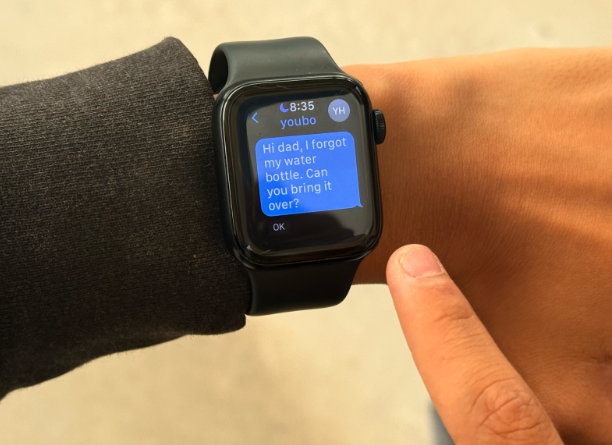In 1786, King Frederick II of Prussia, announced that “the only, absolute and best friend a man has, in this selfish world, the only one that will not betray or deny him, is his dog.”
The Howl agrees with the king, and connected his canine philosophy and yearly presence of dogs during state testing week with a wild idea. What if therapy dogs were on campus year round?
According to Psychologytoday.com, “Canines as friends and companions…provide comfort, improve our physical and emotional health, and reduce loneliness and social isolation.”
Therapy dogs are a reasonably new concept in US culture. Imagine these canines doing exactly what they’re supposed to do, but calming and relieving student anxiety from August through May. Would the benefits of the dogs’ daily presence on campus be worth the responsibility that comes with yearlong care?
The idea is certainly worth a look. According to PubMed Central, “Studies have found that short-term, unstructured interactions with a therapy dog can significantly reduce self-reported anxiety and distress levels. Children with their pet dog or a therapy dog present during a stressful task exhibit lower perceived stress and more positive affect compared to when [they are] alone.”
It wasn’t difficult for the Howl to find student support. “My dog helps me stay calm and keeps me happy while I’m doing my work. I pet him during my breaks when I’m feeling overwhelmed,“ said Vera H.
Aside from the added tranquility to student surroundings, the thought of regular canine interaction could motivate higher attendance rates too.
“It gives students a reason to come to school and a break from their learning. If we had therapy dogs everyday on campus, I would feel more relaxed having an option to go see them,” said Enosh L.
A recent post on X pondered a similar concept: “Colleges should run on-campus animal shelters where students can check out dogs like library books but for walks and play. The dogs will have thousands of people who love them (and might adopt them after graduating) plus students are happier.”
Why not consider the possibility of adding a trained therapy dog to the campus on a full-time basis?
“Students would be able to have a break from learning while walking the dogs. Petting dogs, from articles I’ve read, helps people focus. This idea could help students and the dogs in the shelter,” Meela S.
A year-long therapy dog is often a rescue animal that is carefully picked based on its disposition and responsiveness to training. As non-profits remove these dogs from shelters, they aren’t just addressing student anxiety, they are also saving a dog’s life.
A local organization, Paws to Share, does exactly that by partnering with multiple rescue organizations to ensure that dogs are chosen and trained for school surroundings.
According to Thedogalliance.org, their instruction “ensures the dog stays calm, friendly, and responsive in diverse environments.” A campus like Day Creek would provide a perfect place for a dog to find its home. And our mascot is already a coyote, making the cousin logo perfect for our new campus resident.
Thanks to Paws-To-Share, Day Creek has already conducted a test run at the concept as these canines relieve student stress during lunchtime after the lengthy two hours of testing. The organization isn’t new at this either, having provided dogs on campus for half of a decade
What would it look like? The dogs would be on campus 180 days a year. During breaks, like Thanksgiving, Christmas, and Spring Break, they would be temporarily housed in a local shelter, funded through fundraisers or cared for by a trusted staff member or student. The dog would be trained to use to the restroom in a certain area, and cleaned up by student volunteers. An automatic feeder would provide for meals with licker attached to a campus spigot.
King Fredrick still has it right in 2025, as Day Creek students would certainly thrive it the Paws-to-Share concept became a permanent plan.
Stated by trending-topics.keenan.com, “Despite these challenges, many students with disabilities benefit from having ESAs in schools. They can provide emotional support and comfort to those who need it, and can be a crucial tool in helping students with mental health challenges manage their symptoms.”“They make school a better environment because more people would feel more encouraged to come to class,” said Savannah G.
“I feel like therapy dogs would help students, especially during ELPAC. I remember last year when the dogs came in during state testing. It made my day better after the long testing schedule,” Zoey M.
“I love my dog more than my siblings because she’s the only one who understands me,” said Nicholas J.













